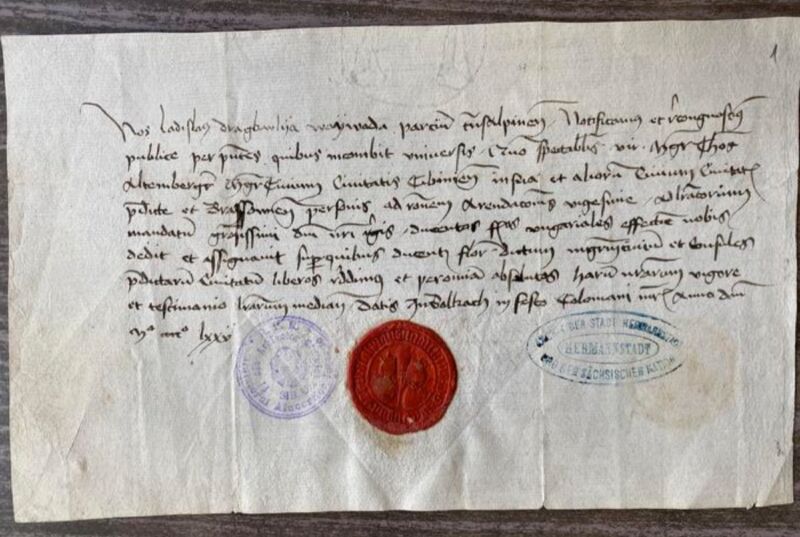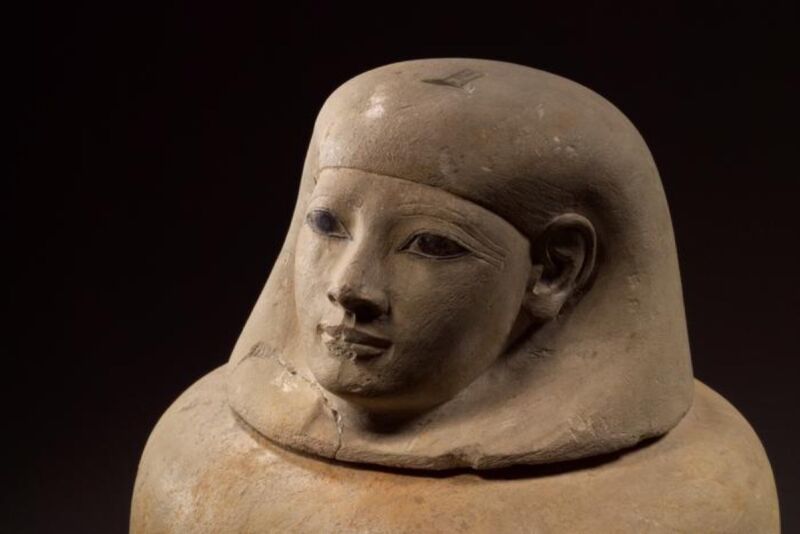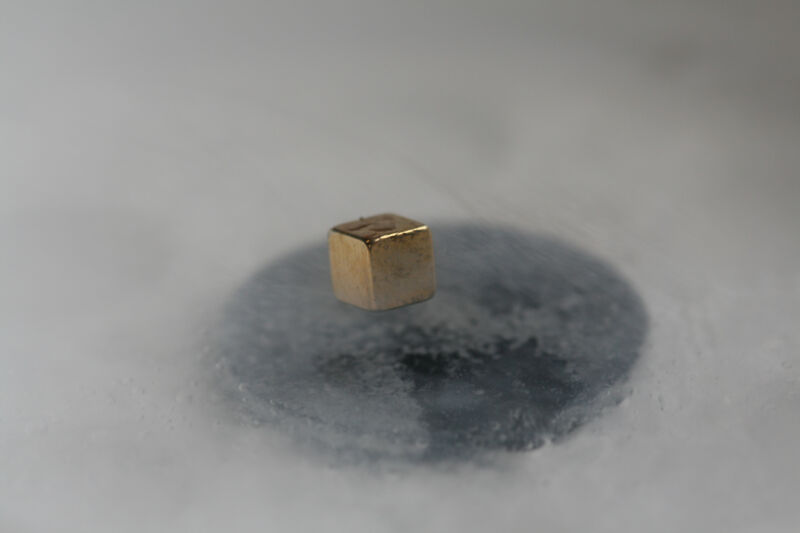
Enlarge
/
This 1475 letter written by Vlad the Impaler contains proteins suggesting he suffered from respiratory problems, bloodied tears. (credit:
Adapted from M.G.G. Pittala et al., 2023/CC BY
)
The eponymous villain of Bram Stoker's classic 1897 novel
Dracula
was partly inspired by a real historical person: Vlad III, a 15th century prince of Wallachia (now southern Romania), known by the moniker
Vlad the Impaler
because of his preferred method of execution: impaling his victims on spikes. Much of what we know about Vlad III comes from historical documents, but scientists have now applied cutting-edge proteomic analysis to three of the prince's surviving letters, according to a
recent paper
published in the journal Analytical Chemistry. Among their findings: the Romanian prince was not a vampire, but he may have wept tears of blood, consistent with certain legends about Vlad III.
Vlad III was the second son of Vlad Dracul ("the Dragon"), who became the
voivode
of Wallachia in 1436. Vlad III was also known as Vlad Dracula ("son of the Dragon"), and it was this name that Stoker used for his fictional vampire—
dracul
means "the devil" in modern Romanian—along with a few historical details he was able to glean about Wallachia. This was a brutal, bloody period of political instability. Vlad spent several years as a prisoner of the Ottoman Empire, along with his younger brother Radu, and his father and older brother, Mircea, were murdered in 1447. Eventually, Vlad became voivode of Wallachia himself—three times, in fact, interrupted by periods of exile or captivity.
Vlad was constantly at war, and it was his brutal treatment of his enemies that led to his reputation as a monster, particularly in German-speaking territories, where books detailing his atrocities became bestsellers. These accounts described how Vlad executed men, women, and children taken prisoner from a Saxon village and impaled them. The more accurate, eye-witness-based accounts also included details about the churches Vlad's army destroyed during plundering raids in Transylvania. Other stories (many likely exaggerated) claimed he burned the lazy and the poor, and had women impaled along with their nursing babies. A well-known woodcut shows Vlad dining while surrounded by impaled people on poles. He died in battle in January 1477, having killed an estimated 80,000 people in his lifetime.
chevron_right






